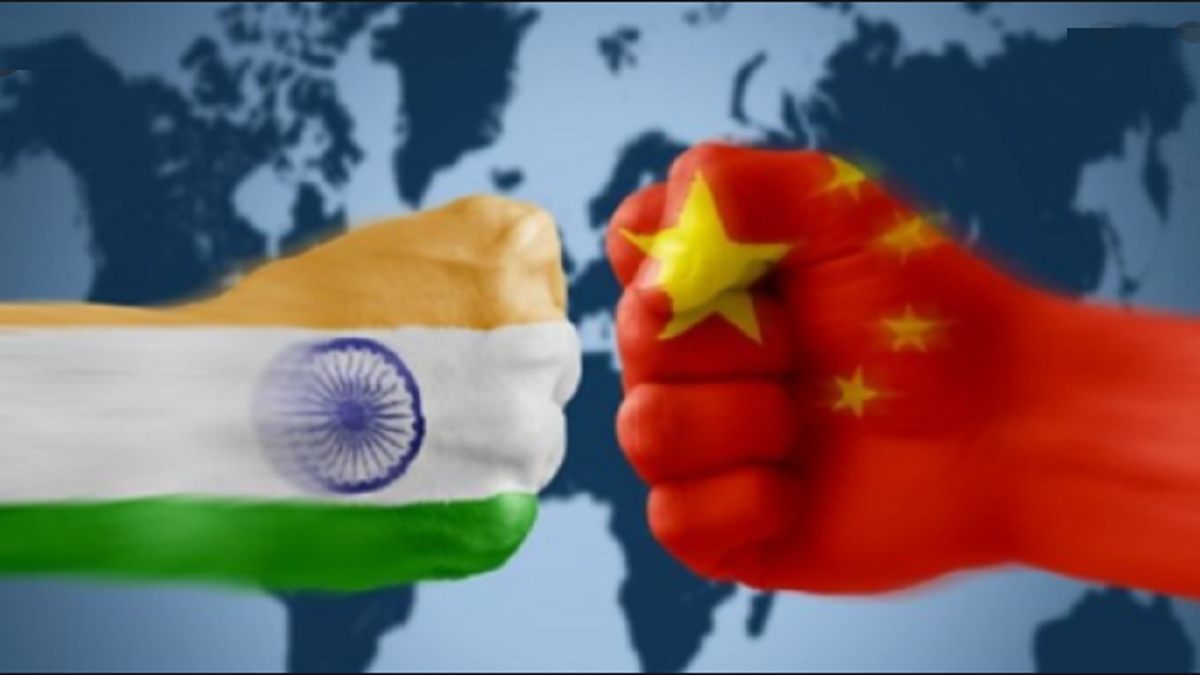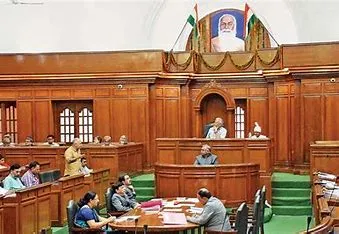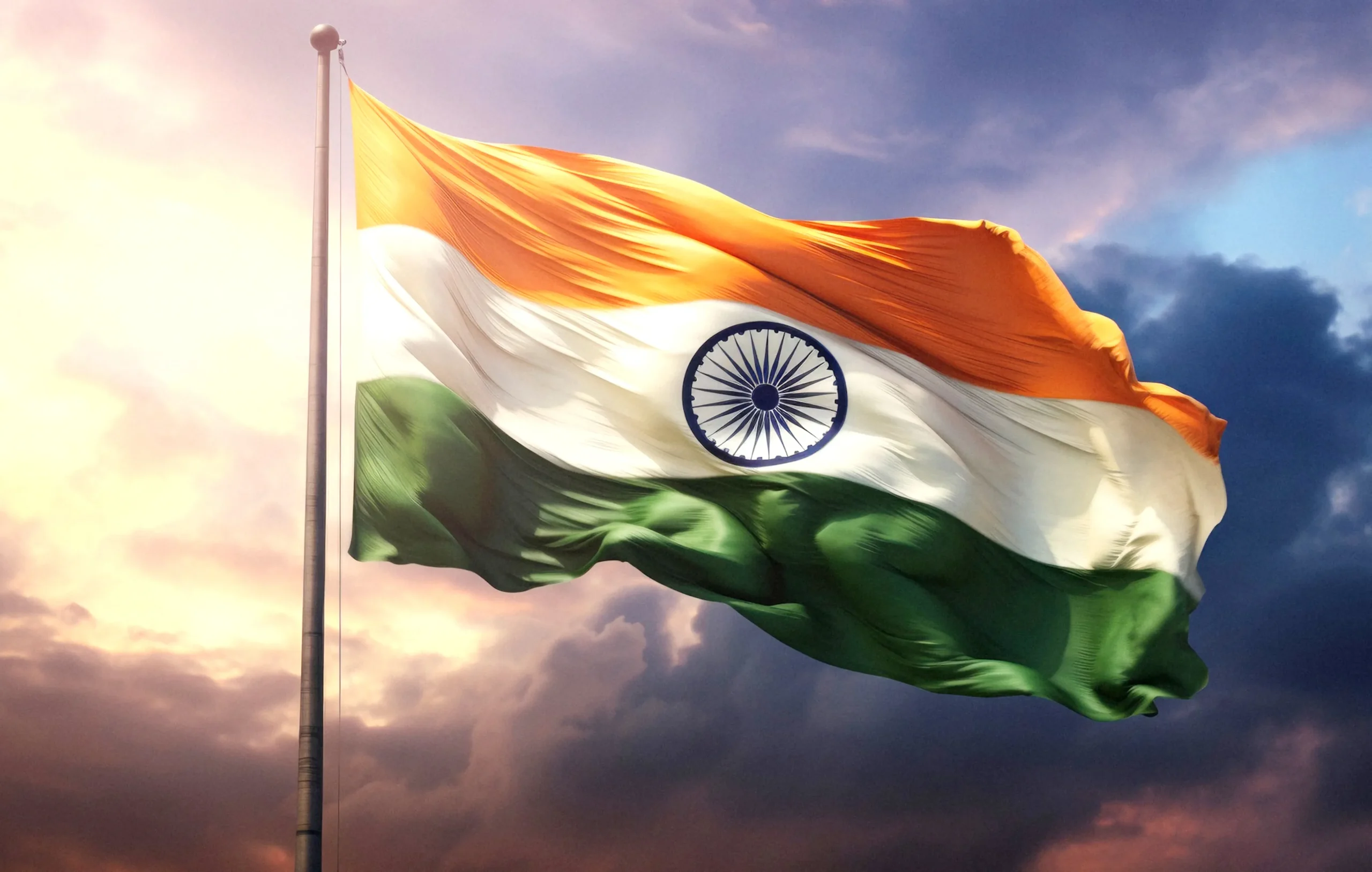The deadliest clash since 1975 in Ladakh’s Galwan Valley is a grave reminder of how India is still a victim of the erroneous conception of history. In order to comprehend China’s territorial claims and ambitious geopolitical projects one must interrogate history. The Republic of China was established on 1 January 1912 after the Xinhai Revolution in which the last imperial Qing dynasty was overthrown. After 1949 when the communists took over China after a prolonged “revolution”, the imperial China transformed itself into an imperialist China under Mao Tse Tung. Most of China’s territorial claims and disputes were the product of grand territorial desires of Mao and the Communist Party of China. India under first Prime Minister Jawaharlal Nehru turned a blind eye towards the initial territorial advancements of China in Xinxiang — formerly known as East Turkistan — Tibet and Ladakh. Many scholars have attributed this attitude to Nehru’s quest for statesman-like persona, his idealistic worldview, and his desire to have good relations with communist China. For the sake of “brotherly” relations, India under Nehru became the first non-communist country to establish an Embassy in PRC on 1 April 1950.
Soon after assuming power the communist leadership of China showed its disregard for all the international treaties and regional arrangements concerning the territorial boundaries with almost all its neighbouring countries, including Tibet, Nepal and India. The historic Simla agreement of 3 July 1914 was a major milestone in the demarcation of boundaries between India and Tibet in the eastern sector. According to a study by R.S. Kalha, former Indian Ambassador to China, Chinese delegate Ivan Chen participated in the proceedings of the conference on equal footing with the Tibetan representative, but later the Chinese government refused to recognise the accord due to its opposition to Article 9 of the proposed accord. On two occasions — on 26 April 1914 and on 3 July 1914 — prior to the signing of the Simla Convention by the British and Tibetan representatives, Ivan Chen, the Chinese plenipotentiary, officially communicated the Chinese government’s stand: “With the exception of Article 9 of the draft convention, we are prepared to take the main principles, embodied in the other articles, into favourable consideration”. Article 9 of the draft convention proposed a division of Tibet into inner and outer Tibet and the Tibetan government at Lhasa shall not only have administrative rights over outer Tibet, but also in matters affecting religious institutions of inner Tibet. After exhausting the possibility of convincing the Chinese side to sign the convention, on 8 August 1914 the British Foreign Office told the Chinese Ambassador: “Chinese adherence or recognition was not necessary for the Anglo-Tibetan Convention of 3 July 1914 and the boundary agreement of 25 March 1914 for it to be valid.” Again after five years, on 30 May 1919 the Chinese made fresh proposals suggesting modifications of the Simla Convention related to Inner Tibet and Outer Tibet and Inner Tibet and China. China seemed not opposed to the Simla agreement or the McMohan Line, but to the extent of territories of inner and outer Tibet.
Now, it is notable that China didn’t oppose the participation of the representative of Tibet as plenipotentiary. Further, from the time of the signing of the Simla Convention on 3 July 1914 till 23 January 1959, the Chinese had not raised any formal objection to the McMohan Line. It was only on 23 July 1959 when Zhou Enlai in his letter to Nehru disapproved of the Simla agreement and called the McMahon Line a product of the British policy of aggression against the Tibetan Region of China.
The two ancient civilisations, India and China, lived peacefully for more than 2,000 years as distant neighbours as they were separated by the Himalayas and Tibet. Before Tibet was invaded and annexed by China in 1950, India and China shared no border. So, the principal cause of the dispute was the invasion of Tibet by the Chinese “Liberation Army” in October 1950. Contrary to the historical record, in late 2008 the China Central Television (CCTV) publically displayed some of the claims and statements under “History Tells the Truth: Tibet was part of China”, based on the report by China’s State Archives Administration. According to this report, “Historical records showed that Tibet had been under jurisdiction of the central government for more than 700 years since the Yuan dynasty (1271- 1368).” The assertion was also supplemented by The Historical Atlas of China (HAC) that was commissioned by the PRC’s Academy of Social Sciences and its first edition was published in 1982 in eight volumes. Astonishingly, the Chinese found and proclaimed this “historical truth” only in 2008.
However, the same claims have been refuted by noted historian Prof Hon-Shiang Lau who asserts that historically Tibet was never a part of China. It cast serious doubts on the claim advanced by the People’s Republic of China that Tibet has been a part of China “since antiquity”. Prof Lau gave examples from Ming dynasty (1364-1644) to validate his argument that during the time of the said dynasty Tibet was listed as “foreign” or “foreigners” and was not mentioned even in national boundaries. Moreover, when China’s claim and forcible annexation of Tibet was not backed by historical record or based on popular sovereignty, on what basis did China lay its claim on Arunachal Pradesh, which it refers to as “South Tibet”?
Sardar Vallabhbhai Patel had sensed the Chinese intentions way back in 1950. On 7 November 1950, he wrote a letter to Nehru expressing his deep concerns on Tibet. He said, “There can be no doubt that during the period covered by this correspondence the Chinese must have been concentrating for an onslaught on Tibet. The final action of the Chinese, in my judgment, is little short of perfidy. The tragedy of it is that the Tibetans put faith in us; they chose to be guided by us, and we have been unable to get them out of the meshes of Chinese diplomacy or Chinese malevolence.” He further cautioned, “Even though we regard ourselves as friends of China, the Chinese do not regard us as their friends. With the Communist mentality of ‘whoever is not with them being against them’, this is a significant pointer, of which we have to take due note.” Along with Patel, C. Rajagopalachari, K.M. Munshi, Baldev Singh, C.D. Deshmukh, Jagjivan Ram and Ram Manohar Lohia were also opposed to Nehru’s China policy.
Even on the question of initial Chinese advance in Ladakh as early as 1953-54, soon after the Tibet misadventure, Nehru overlooked all the warnings and ground reports. After giving a cold shoulder to the counsels given by Patel, Nehru had also reportedly overlooked the critical information that the Chinese were constructing a motorable road from Kashgar to Lhasa in 1957. After months of hardships, when Lt Col R.S. Basera was able to send that information to Delhi, the Prime Minister and the Defence Minister “more or less rebuked the DMI for sending the patrol” in the name of maintaining “good relations” between friendly neighbours.
As Sun Tzu prescribes in The Art of War, the Chinese have mastered the art of warfare based on deception. China’s grand imperialist designs are part of its longterm geopolitical goals and ambitions. In the wake of China’s current territorial standoff in Ladakh, Lobsang Sangay, president of The Central Tibetan Administration, reminded India of Mao’s “five fingers strategy”, which considered Tibet as China’s right-hand palm, with five fingers in its physical proximity —Ladakh, Nepal, Sikkim, Bhutan and Arunachal Pradesh. China still considers it as its sacrosanct duty to “liberate” these regions.
The author teaches Political Science at the Lady Shri Ram College for Women, University of Delhi.






















